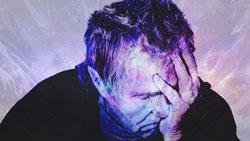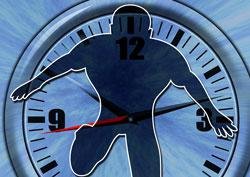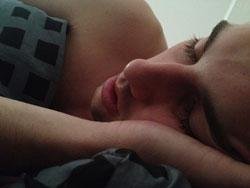Let's talk about stroke, a serious condition and the leading cause of disability worldwide.
High blood pressure is a major stroke risk factor, but don't worry, there's good news! By understanding the signs and taking action, you can significantly reduce your stroke risk.
What is a Stroke?
Imagine your brain is like a city, constantly needing oxygen and blood flow to function. During a stroke, a blood vessel in the brain gets blocked or bursts, cutting off this vital supply. Brain cells start to die, affecting your ability to think, move, and speak. The severity of a stroke depends on which part of the brain is affected.
High Blood Pressure: The Warning Sign You Can't Ignore
High blood pressure, often called the "silent killer," can damage your arteries silently for years. It's a major reason why stroke risk increases. But here's the empowering part: you can control your blood pressure through lifestyle changes and medication if needed. There are many ways to control high blood pressure naturally or with medication, depending on the severity.

Early Warning Signs to Act On (Signs of Stroke)
High blood pressure often has no symptoms, but there are warning signs of a potential stroke (1) to be aware of:
- Sudden numbness or weakness, especially on one side of the face, arm, or leg
- Blurred vision, trouble seeing in one or both eyes
- Difficulty speaking or understanding speech
- Sudden severe headache
- Dizziness, loss of balance, or trouble walking

Taking Charge of Your Health to Prevent Stroke
The good news is that most strokes are preventable! Here's how you can take control:
- Manage your blood pressure: This is key! There are many ways to do this, including diet changes, exercise, and medication if needed.
- Lower your cholesterol: High cholesterol can contribute to artery blockage, increasing stroke risk.
- Maintain a healthy weight: Being overweight puts extra strain on your heart and arteries.
- Control diabetes: Diabetes can damage your blood vessels and increase stroke risk.
- Eat a healthy diet: Focus on fruits, vegetables, whole grains, and lean protein. Limit processed foods, salt, and unhealthy fats. This is a crucial part of a healthy lifestyle for stroke prevention.
- Exercise regularly: Aim for at least 30 minutes of moderate-intensity exercise most days of the week.
- Manage stress: Chronic stress can contribute tohigh blood pressure. Explore relaxation techniques like meditation or yoga for stress management techniques for blood pressure control.
- Don't smoke: Smoking damages your blood vessels and increases stroke risk. Quitting smoking can significantly lower your risk.

How does high blood pressure cause stroke?
Chronically high blood pressure can damage and weaken the blood vessels in your brain. This can lead to two main types of stroke:
- Ischemic stroke: A blood clot forms in a narrowed artery, blocking blood flow to part of the brain (2).
- Hemorrhagic stroke: A weakened blood vessel in the brain bursts, bleeding into the brain tissue.
Can high blood pressure be controlled without medication?
In some cases, yes. Lifestyle changes can be very effective in managing mild high blood pressure. This may include:
Remember: Consult your doctor to discuss the best approach for managing your blood pressure.
What to do if you think someone is having a stroke (call emergency services immediately).
FAST is the acronym used to identify stroke symptoms:
- Face: Does one side of the face droop?
- Arms: Can the person raise both arms equally?
- Speech: Is their speech slurred or difficult to understand?
- Time: If you observe any of these signs, call emergency services immediately. Getting help fast is crucial for minimizing brain damage and improving recovery chances.
Exercise to prevent stroke
Regular exercise is a cornerstone of stroke prevention. Aim for at least 30 minutes of moderate-intensity exercise most days of the week. Here are some exercise options to consider:
- Brisk walking
- Swimming
- Cycling
- Dancing
- Aerobic classes
Even small amounts of activity can make a difference. Start gradually and increase the intensity and duration of your workouts as you get fitter.
Taking care of your health today is the best way to prevent stroke tomorrow. By making healthy choices and managing your blood pressure, you can significantly reduce your risk and live a long, healthy life!

